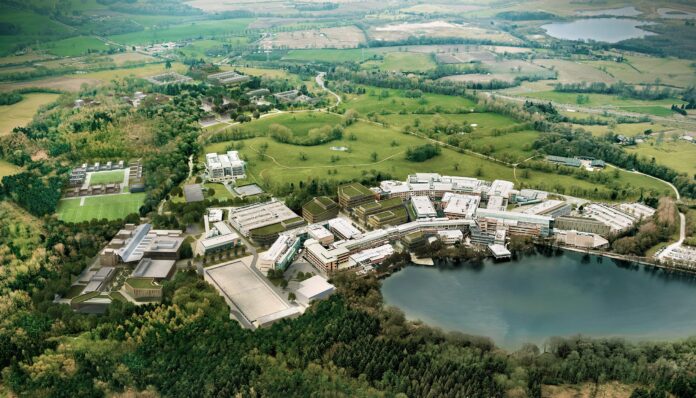Foreign direct investment (FDI) into the Northern Powerhouse has rocketed 72% in the last five years despite dropping across the rest of the UK, according to new analysis of fDi markets data by the Northern Powerhouse Partnership (NPP).
FDI into the North rose from $25.4bn between 2012-16 to $43.7bn between 2017-21. By contrast, FDI into Greater London dropped 23% over the same time period, from $43.4bn to $33.4bn.
Their new report ‘The Internationalisation of the Northern Powerhouse’ also found that the North increased its share of overall FDI into England, from 19% in 2012-16 to 33% in 2017-21.
This rise means that the region – which makes up roughly 28% of England’s population – is now punching above its weight and drawing in more inward investment on a per capita basis.
Data showed this growth is supporting employment opportunities in the region, with the number of jobs created in the North from inward investment rising from roughly 52,600 in 2012-16 to 62,100 in 2017-21 – an 18% uplift.
The rest of England saw a rise of just 1% over the same time period, while Scotland, Wales and Northern Ireland all saw drops of -19%, -41% and -37% respectively.
Foreign investment into renewable energy in the North of England has increased from $6.95bn between 2012-16 to $20.25bn 2017-21 – a 193% rise – in a major win for the net zero transition.
Other industries which saw growth over the same period were electrical components (799%), chemicals (269%) and biotechnology (694%), reflecting Northern comparative advantages in sectors such as advanced manufacturing and materials.
The North’s success in attracting inward investment can be largely attributed to policies in George Osborne’s original Northern Powerhouse strategy, which saw a much bigger focus on promoting Northern projects to foreign investors, with the then-Chancellor leading trade delegations overseas, including to Asia, with Northern city leaders.
Greater Manchester has performed consistently well, with the North East and South Yorkshire seeing significant upsurges in recent years.
The North has seen a 7% growth in FDI from Asia over the past decade, while this dropped by 56% for the UK as a whole.
A skilled labour market was cited as the biggest driver for attracting investment, followed by proximity to markets or customers; domestic market growth; transport infrastructure; industry cluster and technology and innovation.
NPP is calling for central and regional government, alongside the private sector, to collaborate better and deliver a five-fold increase in investment to promote Northern projects overseas.
Metro mayors should be given the automatic ability to create at least one freeport or other investment-based enterprise zone, the report says, following the success of tax incentives in projects such as Teesworks in the North East.
Lord Jim O’Neill, vice-chair of the Northern Powerhouse Partnership, said: “The mission to put the Northern Powerhouse on the world map has been a resounding success and a huge amount of credit should go to the genuine cross-party effort between central government and northern civic leaders to make this happen.
“We have been particularly successful in Asia – while the rest the UK has seen FDI from Asia plummet $28bn, 56%, over the last five years, it’s gone up 7% in the North. I often felt that the Northern Powerhouse concept was better understood by investors in Asia than it was among politicians and financiers in London.
“This is proof of the North’s economic potential, especially in innovative and green industries. If the rest of the world sees it, then our own government should be putting us front and centre of their growth strategy.”







